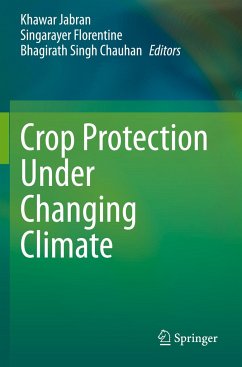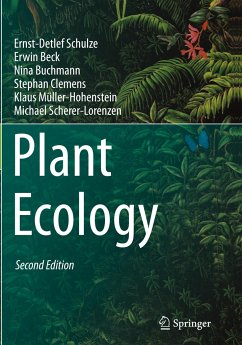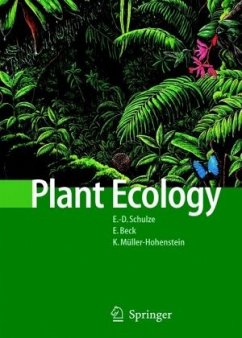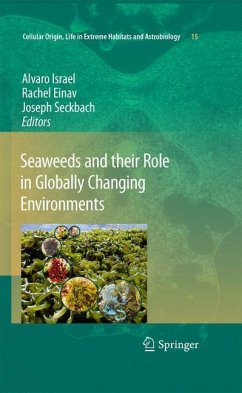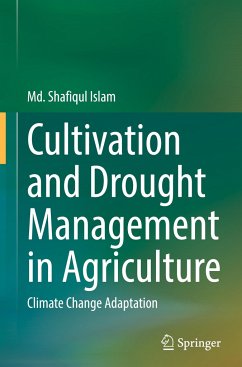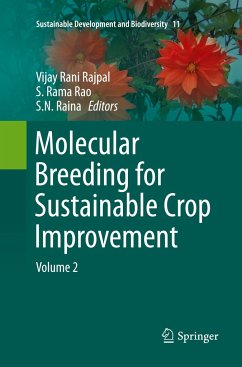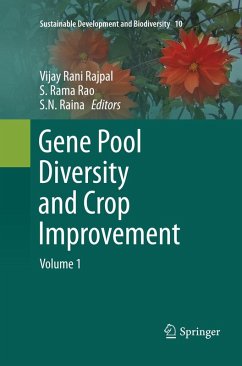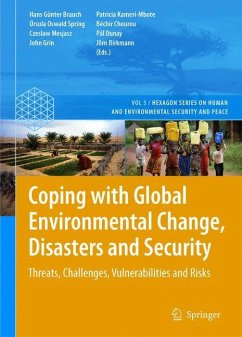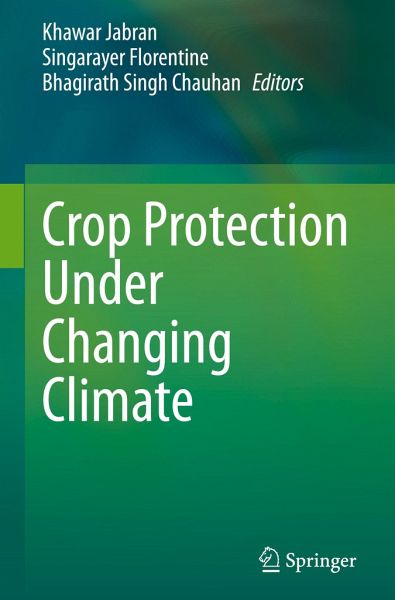
Crop Protection Under Changing Climate

PAYBACK Punkte
57 °P sammeln!
This book addresses the impact of important climatic changes on plant pests (including weeds, diseases and insect pests), and their interactions with crop plants. Anthropogenic activities have seriously impacted the global climate. As a result, carbon dioxide (CO2) and temperature levels of the earth are on a continuous rise. The global temperature is expected to increase by a 3°C or more by the end of this century. The CO2 concentration was below 300 parts per million (ppm) before the start of the industrial era; however, recently it has exceeded 400 ppm. This is highest ever in human histor...
This book addresses the impact of important climatic changes on plant pests (including weeds, diseases and insect pests), and their interactions with crop plants. Anthropogenic activities have seriously impacted the global climate. As a result, carbon dioxide (CO2) and temperature levels of the earth are on a continuous rise. The global temperature is expected to increase by a 3°C or more by the end of this century. The CO2 concentration was below 300 parts per million (ppm) before the start of the industrial era; however, recently it has exceeded 400 ppm. This is highest ever in human history. Other than global warming and elevated CO2 concentrations, anthropogenic activities have also disturbed the global water cycle, ultimately, impacting the quantity and distribution of rainfall. This has resulted in drought conditions in many parts of the world.
Global warming, elevated CO2 concentration and drought are considered the most important recent climatic changes that are impacting global ecosystems and human societies. Among other impacts, the effects of climatic changes on pests, pest-crop interactions and pest control are important with relevance to global food security, and hence require immediate attention by plant scientists. This book discusses innovative and the most effective pest control methods under an environment of changing climate and elaborates on the impact of drought on plant pests and their control.
Global warming, elevated CO2 concentration and drought are considered the most important recent climatic changes that are impacting global ecosystems and human societies. Among other impacts, the effects of climatic changes on pests, pest-crop interactions and pest control are important with relevance to global food security, and hence require immediate attention by plant scientists. This book discusses innovative and the most effective pest control methods under an environment of changing climate and elaborates on the impact of drought on plant pests and their control.





